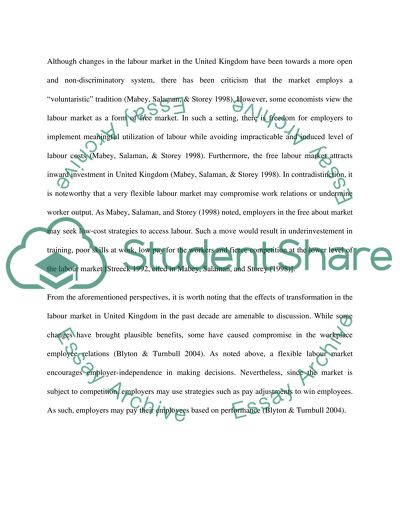Cite this document
(Labor Market Institutions in the United Kingdom Term Paper, n.d.)
Labor Market Institutions in the United Kingdom Term Paper. Retrieved from https://studentshare.org/human-resources/1528497-labour-market-in-the-united-kingdom
Labor Market Institutions in the United Kingdom Term Paper. Retrieved from https://studentshare.org/human-resources/1528497-labour-market-in-the-united-kingdom
(Labor Market Institutions in the United Kingdom Term Paper)
Labor Market Institutions in the United Kingdom Term Paper. https://studentshare.org/human-resources/1528497-labour-market-in-the-united-kingdom.
Labor Market Institutions in the United Kingdom Term Paper. https://studentshare.org/human-resources/1528497-labour-market-in-the-united-kingdom.
“Labor Market Institutions in the United Kingdom Term Paper”, n.d. https://studentshare.org/human-resources/1528497-labour-market-in-the-united-kingdom.


